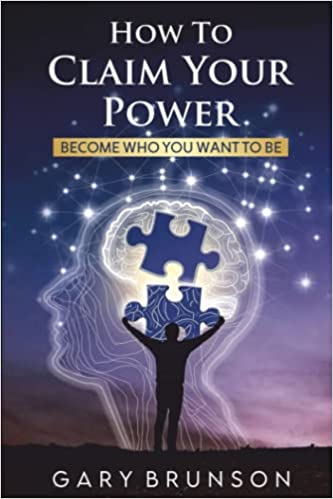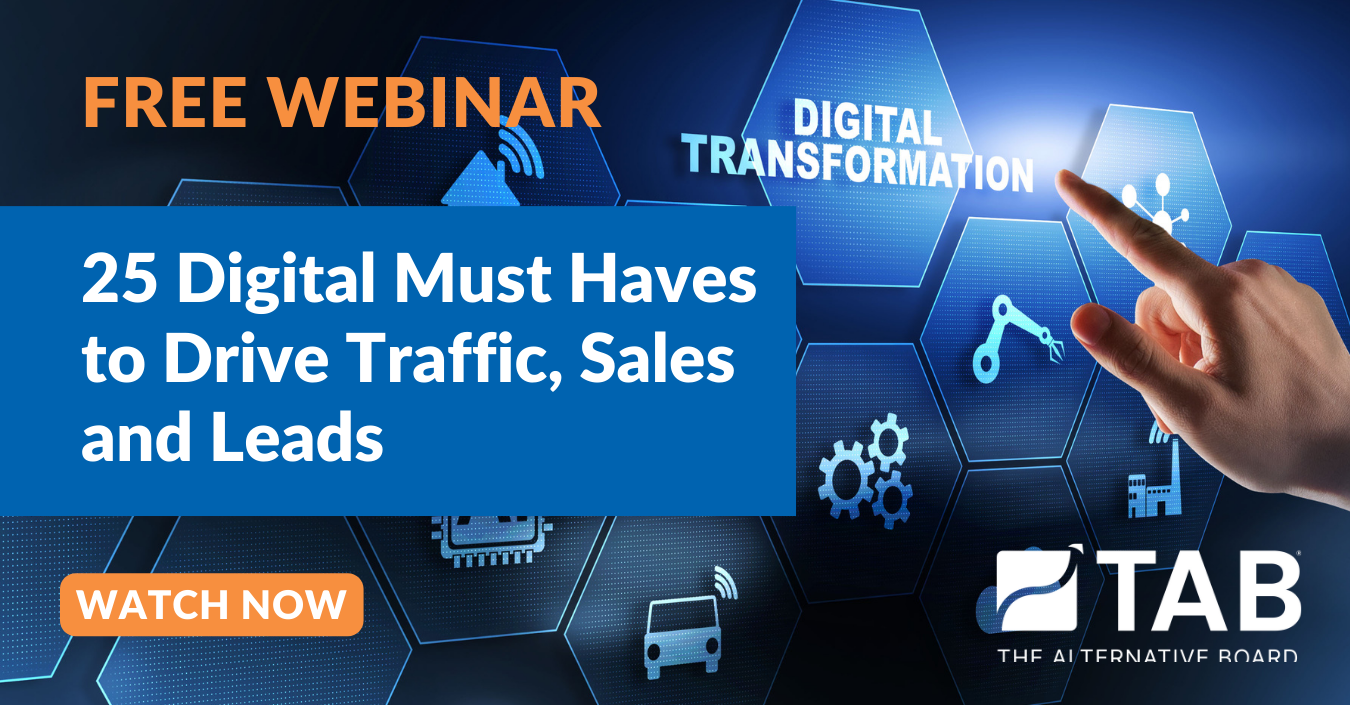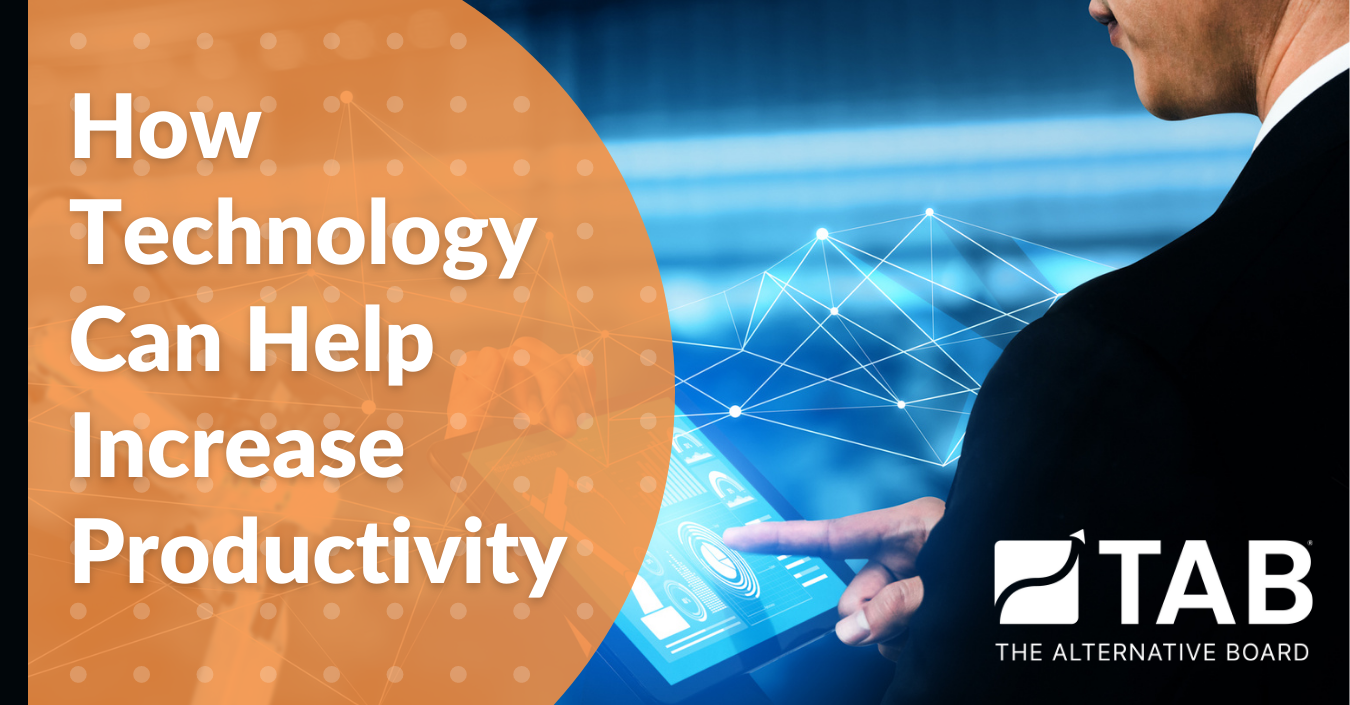Business Trends you Need to Know as a Small Business Owner
There are five big trends forecasted this year that may alter the small business landscape. Here’s what you should be thinking of as you implement your strategic plan…
The early months of the year are the best time to plan your annual business outlook. This is the perfect time to determine where your challenges and opportunities lie. A “big picture” vision can also allow you to budget according to your marketing strategies and how you foresee your business moving through the year.
It may be easy to get caught up in the minutiae of the daily operations but small business owners owe it to themselves to take time to think about the year ahead. This is especially true facing a potential economic downturn and at a time when staff tensions are high regarding wages, cost-of-living, and inflation.
Taking the time to be mindful about the year ahead is important. Here are 5 trends that you should consider moving into this year and beyond as a small business owner.
TREND 1: Plan for the Economic Forecast
Economists and business professionals alike are anticipating an economic downturn throughout 2023. This could cause a chill with customers and investors. As a small business owner, it’s important to build in a plan that can help you weather the storm. Prioritize marketing goods or services that you believe can be strong through a recession. Invest in equipment and technology when you need it – but don’t overdo it.
Cut back on unnecessary spending and maintain transparent communication with your employees and current investors. Consider increasing your marketing budget in certain areas and cutting in others. It would be wise to double down on the marketing investments that make sense.
Finally, don’t forget to measure your success over time. As an economic downturn is occurring, it’s important to be ready to pivot at a moment’s notice. Keep a close eye on your performance, KPIs, and other data that can help you make the most informed decisions possible as a small business owner.
TREND 2: Big Picture Visioning
It can be easy to slip into a routine of daily tasks as a business owner. Keeping your head above water on a daily basis can be hard. The new year is a great time to force yourself to take a “big picture” assessment of your business. Approach your resolutions for the business like goals and stick to them over time.
TREND 3: Stay Up-to-Date on Technology and Processes
While an overhaul on the technological and process front can take time and money – it’s usually worth it for the efficiency returns. Those who stay nimble and pivot in terms of processes stand to gain the most in turbulent economic times. Maintaining an updated technology network can also spell success with regard to the future outlook of your business.
There are some things that may be easier to incorporate into your business than others. Small business owners should consider automated payroll, better HR services or platforms, cashless payment methods, customer relationship management (CRM) systems like Hubspot, project management software, and enhanced cybersecurity methods. These are all fairly easy technologies to implement and can result in massive returns over time for both corporate culture and your business’s bottom line.
Don’t just invest in these strategies without measuring the results. Be sure to monitor how new processes or tech are impacting your business and don’t be afraid to pivot.
TREND 4: Find a Community or Mentors
Explore organizations or mentors within your industry that you may be able to lean on for advice. Intentionally creating a community of like-minded small business owners around you can make the challenges seem less daunting. You may also be able to find support through social media communities.
TREND 5: Hiring Practices and Talent Retention is Key!
Hiring for the long-term is important as the economy may take a turn for the worst. Having employees that you can trust both in the workplace and beyond has immeasurable value on your mental health as a business owner. Hiring aside, focus on talent retention to ensure that employees aren’t leaving for “greener pastures” during challenging times. Hire, train, and retain those who are confident in the face of adversity and difficult times.
We would love to hear your comments about these trends. Contact us today.
Have you taken a look at our new book? Check it out today!
Click here to order on Amazon or to read more.
We would love to hear your comments.
Gary Brunson
gary@myclearfocus.com
Debra Rider
debra@myclearfocus.com
574.361.2674
Sustainable Growth & Profit Consultant, Coach, Mentor and Counselor/Therapist for Business Owners and Professionals.









